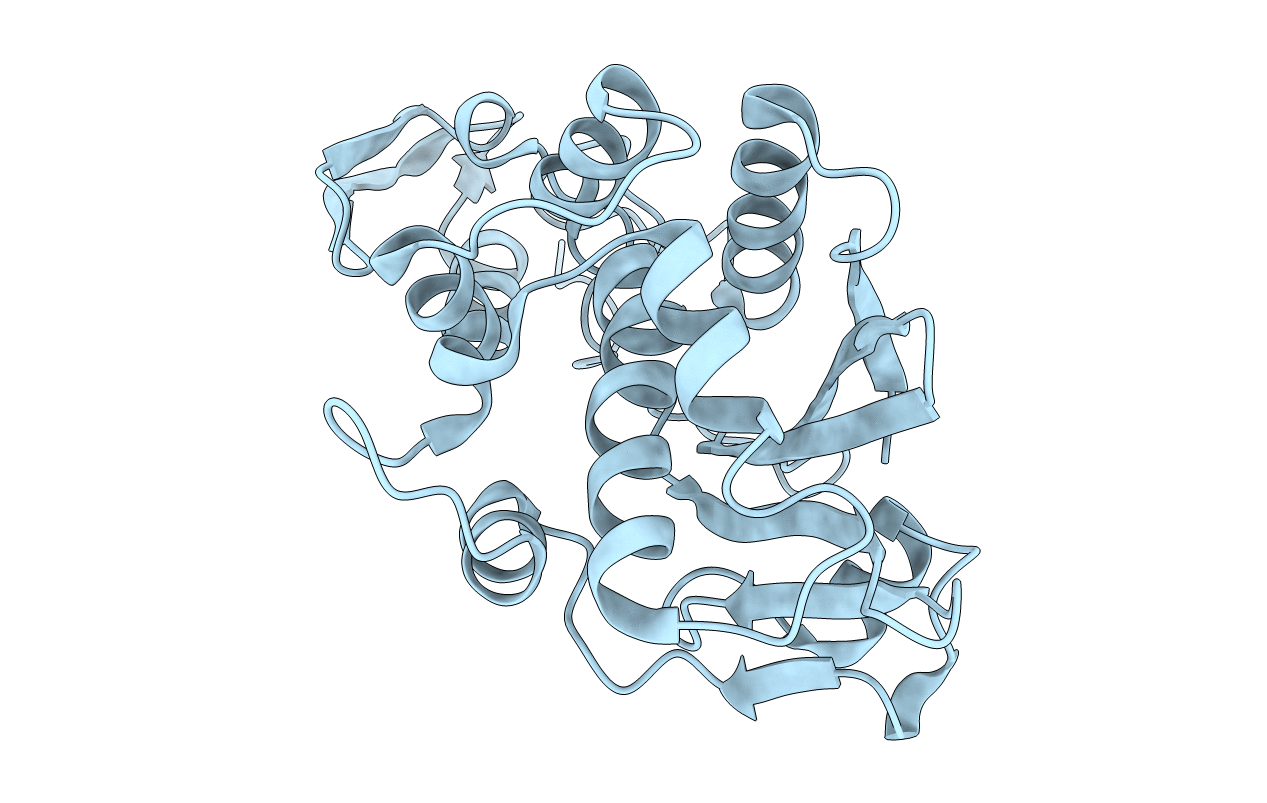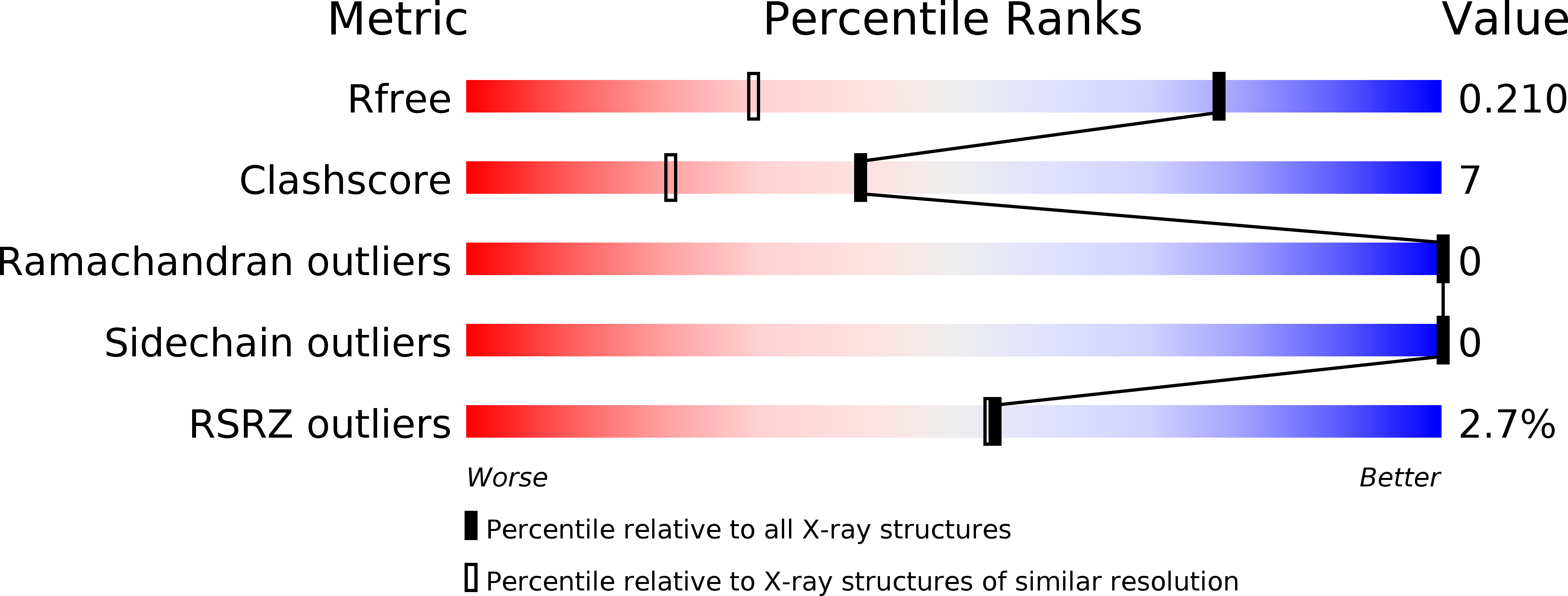
Deposition Date
2003-11-24
Release Date
2004-12-07
Last Version Date
2023-08-23
Entry Detail
PDB ID:
1RL0
Keywords:
Title:
Crystal structure of a new ribosome-inactivating protein (RIP): dianthin 30
Biological Source:
Source Organism:
Dianthus caryophyllus (Taxon ID: 3570)
Method Details:
Experimental Method:
Resolution:
1.40 Å
R-Value Free:
0.20
R-Value Work:
0.18
R-Value Observed:
0.18
Space Group:
P 1 21 1


